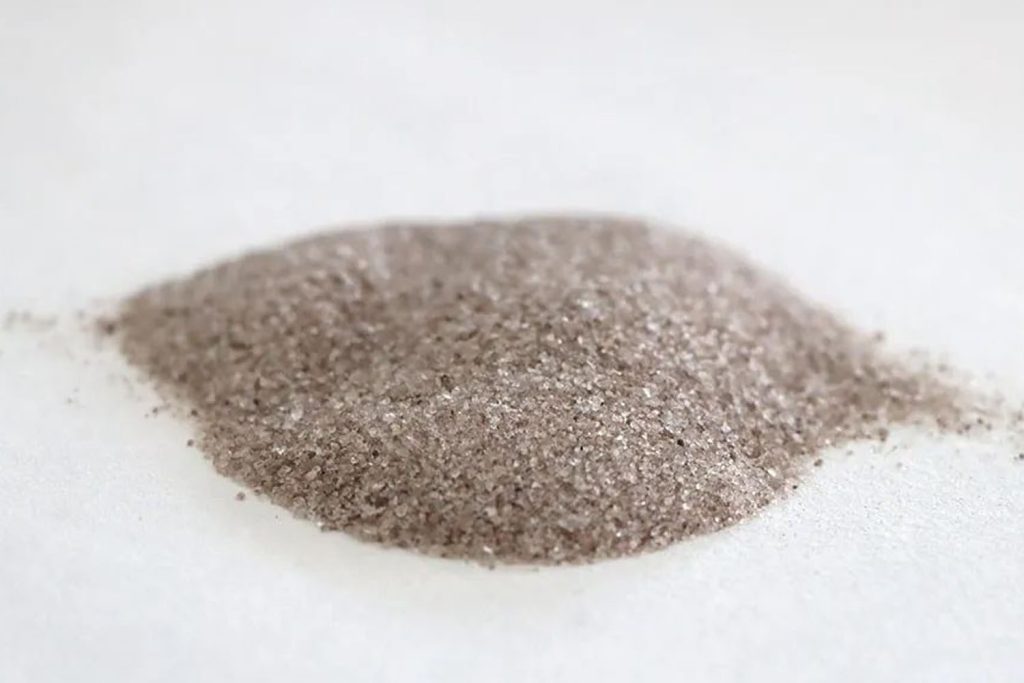Quartz sand is a common and widely used non-metallic raw material. Due to the demand in its application field, the requirement for impurity removal in the quartz sand mineral Processing is relatively high. Here, we will discuss the separation process of quartz sand and its vein minerals.
Vein minerals commonly found in quartz sand include metallic minerals such as hematite, magnetite, limonite, ilmenite, etc., as well as non-metallic minerals mainly composed of feldspar. We will explain these two parts separately.
mineral Processing separation process of quartz sand and metallic minerals
Five ways to separate quartz sand and metallic minerals
The metallic minerals in quartz sand mainly include iron-bearing minerals, which exist in quartz sand in the following forms:
- In feldspar that has been clayed or kaolinized;
- Adsorbed on the surface of quartz particles, forming a thin film of iron hydroxide;
- Exist in heavy mineral impurities such as ilmenite;
- Exists in quartz particles in the form of impregnation or infiltration;
- Exist in mineral grains such as mica and hornblende.
Due to the complex forms of iron impurities, the separation process is also diverse. It mainly includes the following five methods:

Scrubbing method
The scrubbing method uses the way of mutual grinding between mechanical force and mineral grains to remove the thin film iron and adhesive impurities on the surface of quartz sand, and can also remove some iron minerals in clayed feldspar. The factors that affect the scrubbing effect include the structural characteristics and configuration of the scrubbing machine, scrubbing time, scrubbing concentration, etc. The selection of scrubbing equipment should be determined based on the nature of the quartz sand ore after experimentation. The scrubbing concentration is generally controlled at 50% to 60%, and the scrubbing time should be based on the preliminary achievement of product quality requirements, and specific determination should be based on experimentation.
Magnetic separation method
The magnetic separation method is mainly used to remove magnetic minerals such as hematite, limonite, magnetite, biotite, etc. When the iron impurity in quartz sand is low, wet strong magnetic separator is generally used for separation. The more important influencing factor is the fineness of the selected minerals. Generally, the finer the mineral particles in quartz sand, the better the effect of separating iron impurities.
Gravity separation method
The gravity separation method can remove heavy minerals in quartz sand, mainly ilmenite, which has a density greater than 2.9g/cm3. Spiral chute is commonly used as the quartz sand gravity separation equipment.
Flotation method
The flotation method can be divided into two process flows: separate flotation of iron and mica and joint flotation of iron and mica. The two methods use different reagent systems. Petroleum sulfonate and pine oil are mainly used to float iron, and sulfuric acid is used as a pulp adjuster.
Bio-leaching method
In addition to the above three conventional mineral Processing methods, bio-leaching is also a method to remove the thin film iron on the surface of quartz, mainly using microorganisms such as Aspergillus niger and Penicillium. However, this technique has not yet been applied to industrial production on a large scale.

Three methods of separation quartz sand and non-metallic minerals
Quartz sand is similar in nature to non-metallic minerals such as feldspar and clay, so it is relatively difficult to separate feldspar from quartz sand. When removing feldspar impurities, it is generally treated with water washing, classification, desliming, flotation, and acid leaching.
Water washing classification and desliming
For quartz sand containing a large amount of clay minerals, water washing classification and desliming is an effective method to remove clay. It is commonly used as a preparation work for impurity removal and purification before quartz sand selection.
Flotation method
The flotation process of quartz sand can be divided into fluorine-containing flotation and non-fluorine flotation. Fluorine-containing flotation uses cationic collectors and hydrofluoric acid activators for separation, while non-fluorine flotation uses sulfuric acid or hydrochloric acid as the activator and corresponding collectors for the separation of feldspar. Under the same conditions, the effect of using hydrochloric acid as the activator is better than using sulfuric acid.
Acid leaching method
Due to the stable nature of quartz, it is not soluble in any acid except hydrofluoric acid, so acid leaching is an effective method to remove non-metallic minerals in quartz sand. Commonly used acids include sulfuric acid, hydrochloric acid, nitric acid, etc., which are affected by factors such as acid concentration, dosage, acid leaching time, temperature, and slurry agitation.
In conclusion
We have introduced the separation process of quartz sand and common gangue minerals above. It should be noted that the quartz sand produced in different mining areas has different mineral components.
In actual production, a scientific and reasonable mineral processing process should be adopted according to the mineral processing test. The technological process in order to obtain good economic benefits.
